The Principia: The Authoritative Translation and Guide: Mathematical Principles of Natural Philosoph
Original price was: $55,99.$15,99Current price is: $15,99.
- 100% Satisfaction Guaranteed!
- Immediate Digital Delivery
- Download Risk-Free
✔ Digital file type(s): 1𝐏𝐃𝐅
In his monumental 1687 work, Philosophiae Naturalis Principia Mathematica, known familiarly as the Principia, Isaac Newton laid out in mathematical terms the principles of time, force, and motion that have guided the development of modern physical science. Even after more than three centuries and the revolutions of Einsteinian relativity and quantum mechanics, Newtonian physics continues to account for many of the phenomena of the observed world, and Newtonian celestial dynamics is used to determine the orbits of our space vehicles.
This authoritative, modern translation by I. Bernard Cohen and Anne Whitman, the first in more than 285 years, is based on the 1726 edition, the final revised version approved by Newton; it includes extracts from the earlier editions, corrects errors found in earlier versions, and replaces archaic English with contemporary prose and up-to-date mathematical forms.
Newton’s principles describe acceleration, deceleration, and inertial movement; fluid dynamics; and the motions of the earth, moon, planets, and comets. A great work in itself, the Principia also revolutionized the methods of scientific investigation. It set forth the fundamental three laws of motion and the law of universal gravity, the physical principles that account for the Copernican system of the world as emended by Kepler, thus effectively ending controversy concerning the Copernican planetary system.
The illuminating Guide to Newton’s Principia by I. Bernard Cohen makes this preeminent work truly accessible for today’s scientists, scholars, and students.
11 reviews for The Principia: The Authoritative Translation and Guide: Mathematical Principles of Natural Philosoph
You must be logged in to post a review.

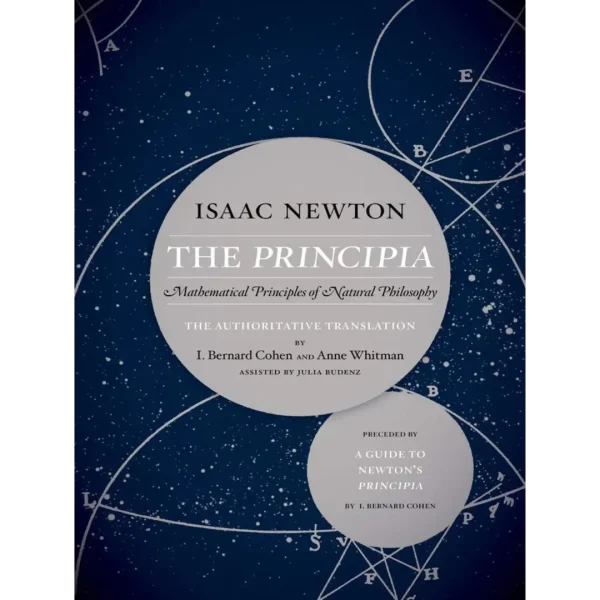
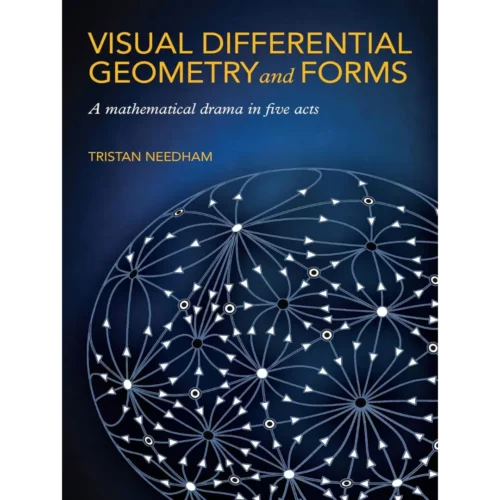
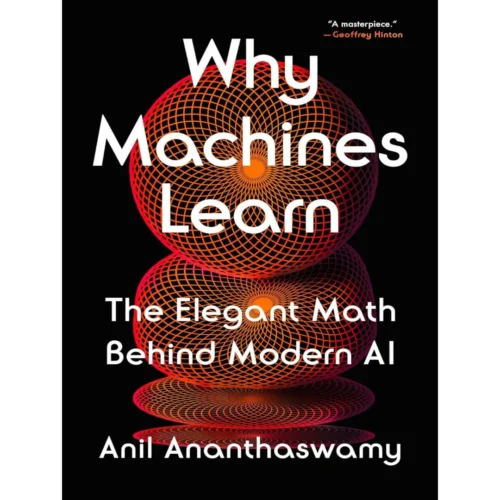
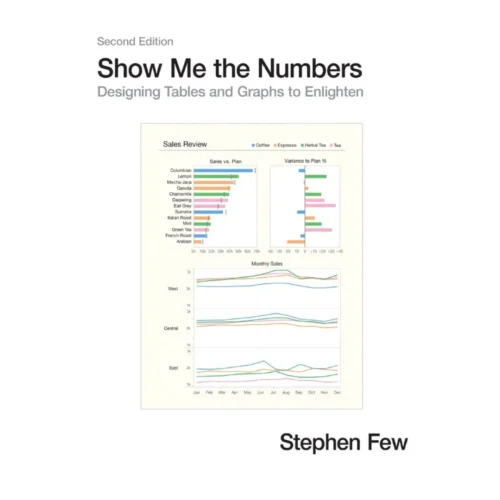

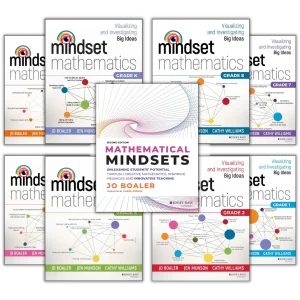

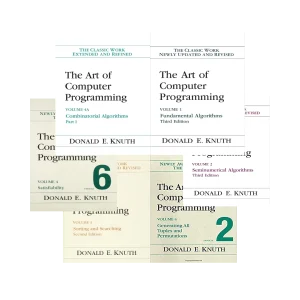
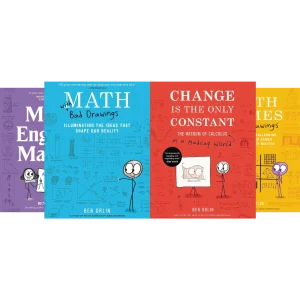
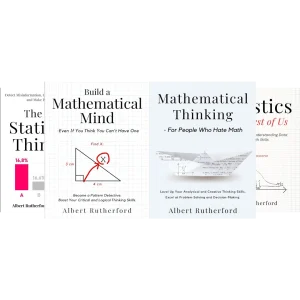

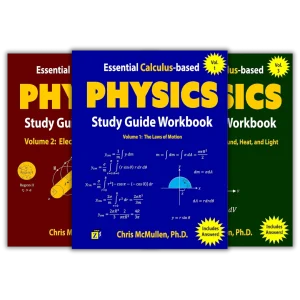

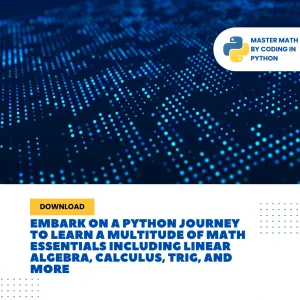

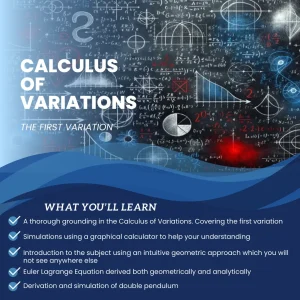
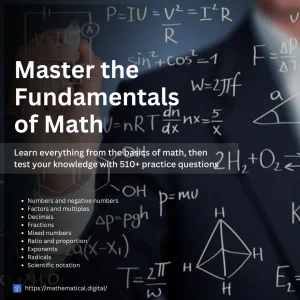


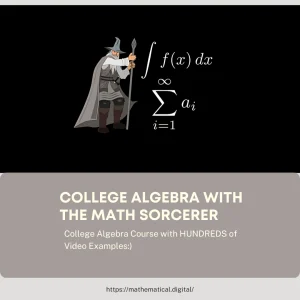


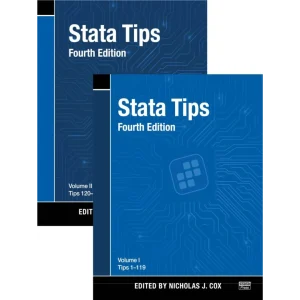
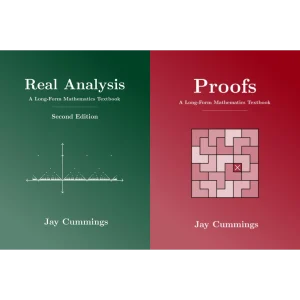
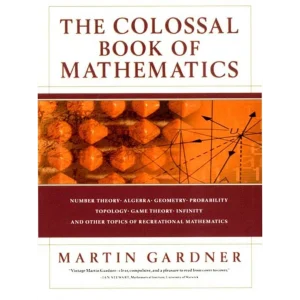
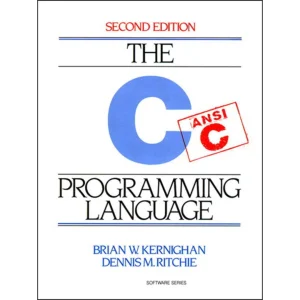
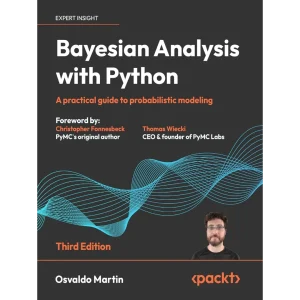
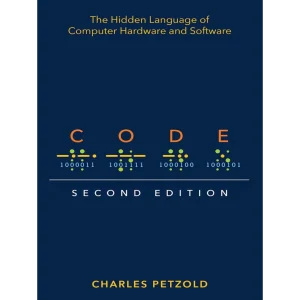
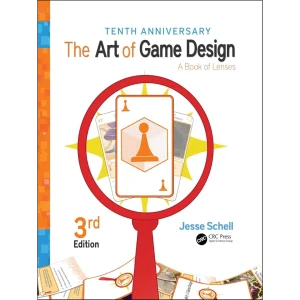
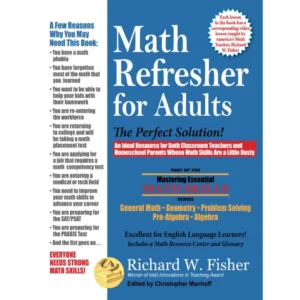
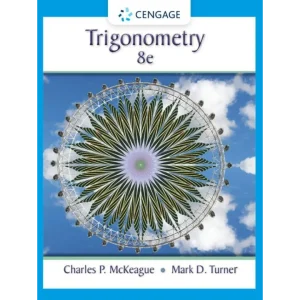
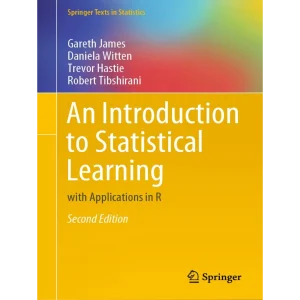

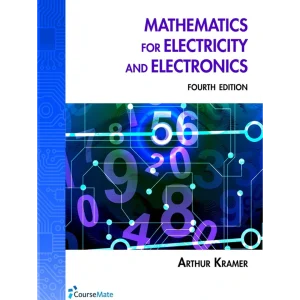
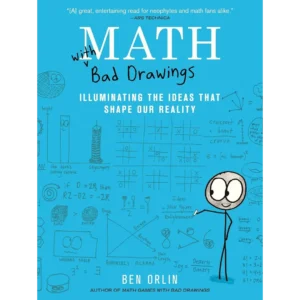
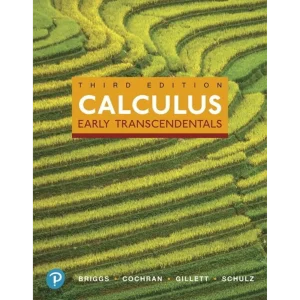
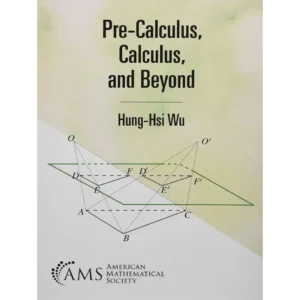
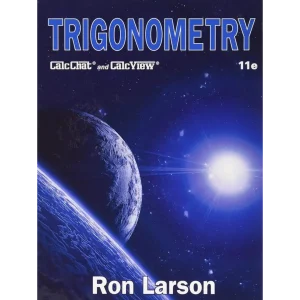
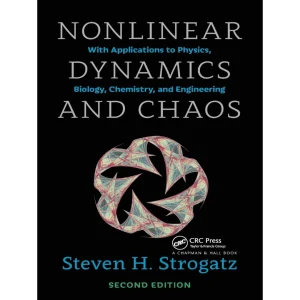
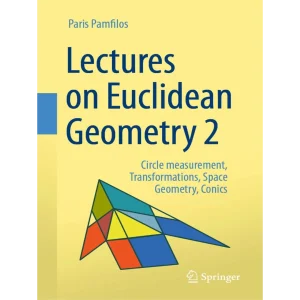
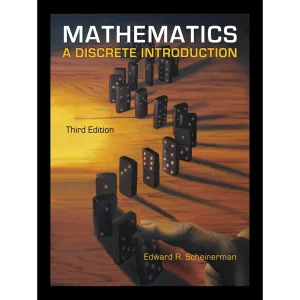
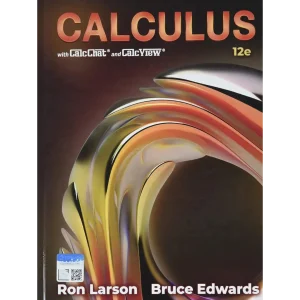
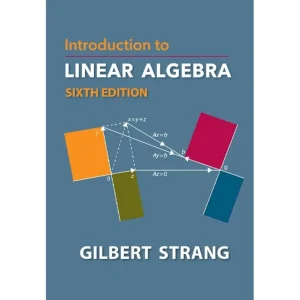
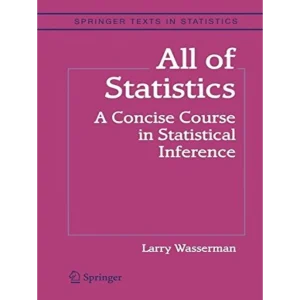
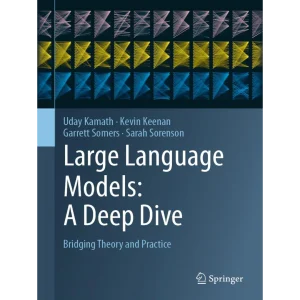


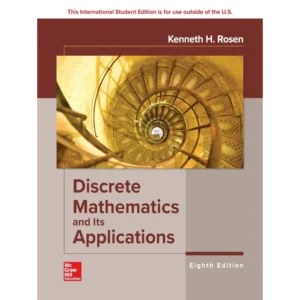
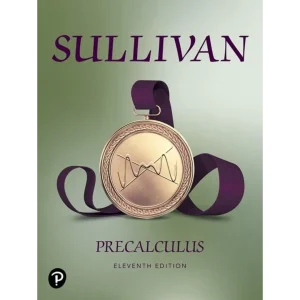

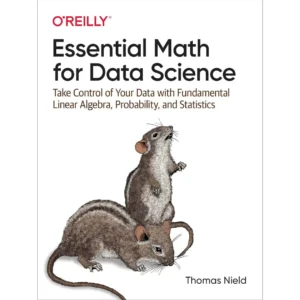
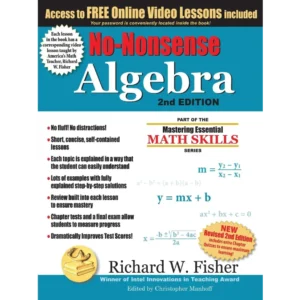
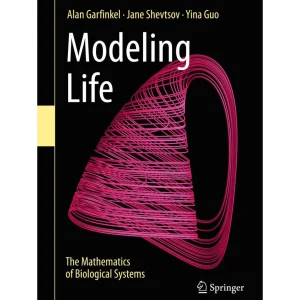

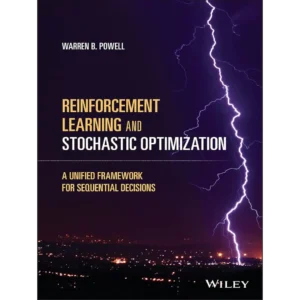
L. Miller –
I am writing my dissertation on Newton and have found this translation incredibly helpful and surprisingly readable.
The Principia is one of the most difficult and inaccessible books ever written — so much so, in fact that even John Locke (himself a pretty smart guy) had to ask Christian Huygens to explain much of it to him. This difficulty was intentional, because Newton did not want people who only understood math a little to try and undermine his arguments. For this reason, he rewrote book three so that only those who had read and understood book 1 could understand its concepts.
People laugh when I tell then that I own a book with a three hundred page introduction, but it’s a book that needs a three hundred page intro. In their intro, Cohen and whitman describe the history of the principia, its structure, an explanation of where prior translations have fallen short, and — most importantly — note which of the Principia’s sections have been most significant during and after Newton’s time. This is helpful so that when you get to each section, you are more likely to notice which elements may have seemed most controversial, where he is taking down Descartes’ vortices, etc. I’m not saying I agree 100% with cohen and whitman on all of their points, but they have produced a work that does not simply translate the book; it also shares the writers’ substantial knowledge about the principia.
This is an essential and monumental translation. If you are at all interested in early modern science, you must own it.
Isabel C –
This is the work which, for better and for worse, changed how we humans live forever, uniting the heavens and earth under a satisfying physical theory for the first time. The English translation is smooth enough that it feels like Newton wrote the work ‘yesterday’. The introductory sections by Cohen give a detailed overview of the work itself and the broader context in which it was written, which helps in recognising some mathematical presentation and concepts we no longer use or are unfamiliar with.
The overall methods used in the Principia have found their use throughout modern physics practice–mathematical modelling, idealisations, theory-mediated measurements, etc. Even with the advent of General Relativity and Quantum Field Theory, we still do physics (in a broad fashion) in a way which is present in this book. No wonder, as a physicist-in-training, I found this work to be an exemplar, despite the less-than-satisfying results in some sections, as Newton himself admitted, of how natural science is to be done (notwithstanding its limitations, as unfortunately we learned the hard way).
J B Anderson –
This is an impressive work of scholarship & I highly recommend it to all serious students of physics.
The authors set out to produce a modern translation of the third and final version of Newton’s masterpiece which was originally written in Latin and published in 1726.
The first & only complete English translation of the Principia, before this new translation was made, was by Andrew Motte in 1729 – only three years after Newton’s work in Latin appeared.
Motte’s translation was revised and “modernized” several times in the intervening 270 years, the last being in the mid 1800’s but it still was regarded as being almost as difficult and opaque as Newton’s original.
This new translation by Cohen & Whitman is really two books in one. The first 370 pages of the 966 page work is “A Guide to Newton’s Principia” and consists of eleven Chapters that explain the structure of Newton’s work and how to read it. This part is indispensable to the modern reader. The last 596 pages is a careful translation into modern English of the original Latin version.
Luis B –
This edition slightly updates the text, the equations and their layout; this makes it more understandable for a modern reader.
100% recommended edition if you’re getting a copy of Principia.
Kamal Kishor –
What a great book
julien –
Le livre est très beau et très agréable à lire. C’est incontestablement une pièce qui sera mise sur le devant de ma bibliothèque. Le guide (de 400 pages) qui précède l’œuvre de Newton est indispensable pour comprendre les Principia. Attention ! Ce livre a un format proche de celui d’un annuaire (quasi format A4 et 1.6kg)
EDILSON LOPES FERNANDES –
Parabéns pela rapidez e eficácia da equipe.
Ragamuffin. –
The most influential book on the whole of the Western Civilization. This edition shows all the signs of a great way to get into the studying, at last, of this unparalleled work.
paul –
I really enjoy this book. This hardback copy is quality. Thick pages, nice print. Under the decorative paper cover you can see an embossed image.
If you want to learn physics. This book makes logical sense. This book sets you up for success. This is a keeper.
laphier –
I bought the Principia to study the origin of physics and calculus. The first 300+ pages contain the translator’s notes by Cohen on each chapter of the original book, with a lot of insightful discussion. It certainly help one tremendously to understand the book written 300+ years ago. It clarifies several points, for example, the impetus force used in Newton’s original law of motions. Why there are 3 laws? I feel very satisfied and understand more with these explanation.
The translation is a new one, which is different from the classical translation by Motte. I cannot compare these two versions of translation, but satisficed with this one at hand.
Ali Shah –
Very rarely a book makes me this happy. Everything about this product is great, the cover, the paper quality, the printing – the 11 chapters before the actual text of Pricipia that are added as guide to the book. I am very happy with this product.